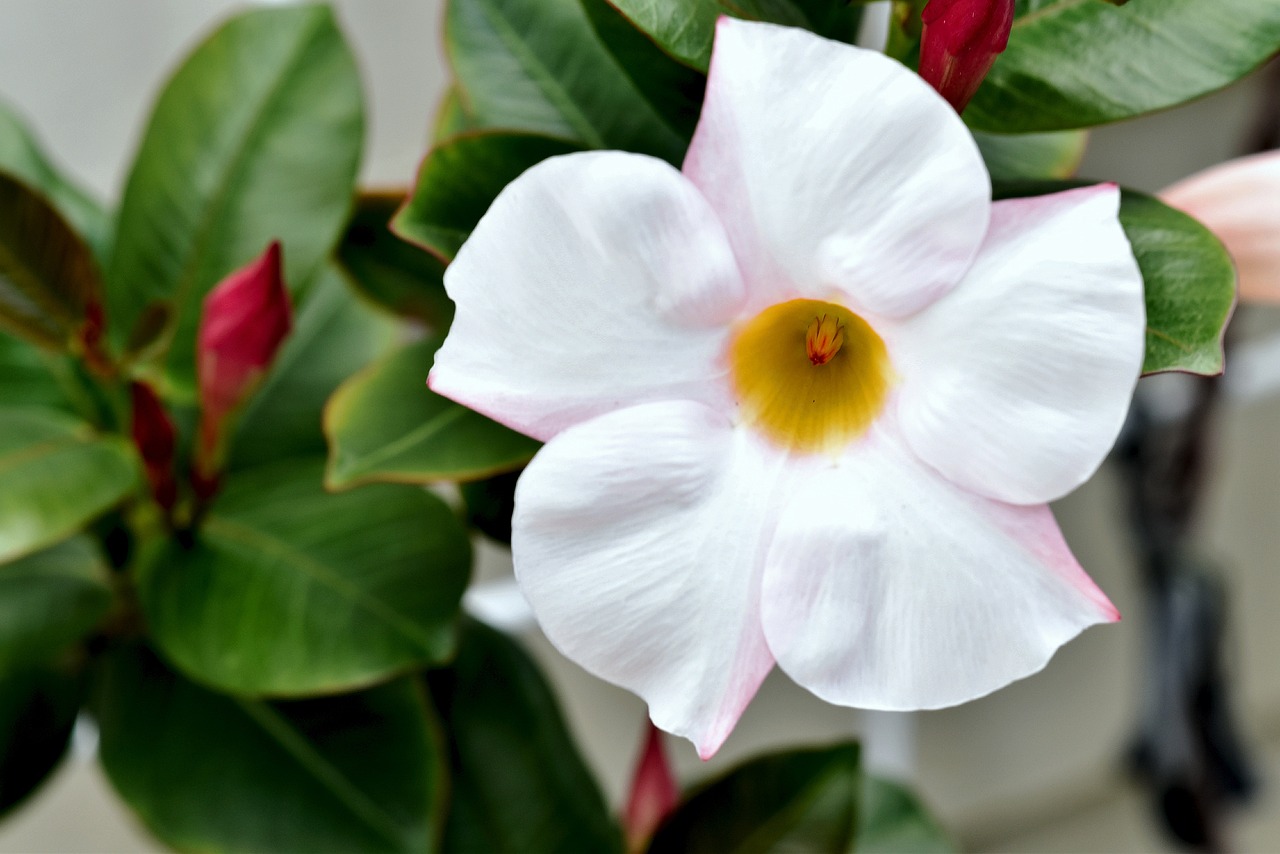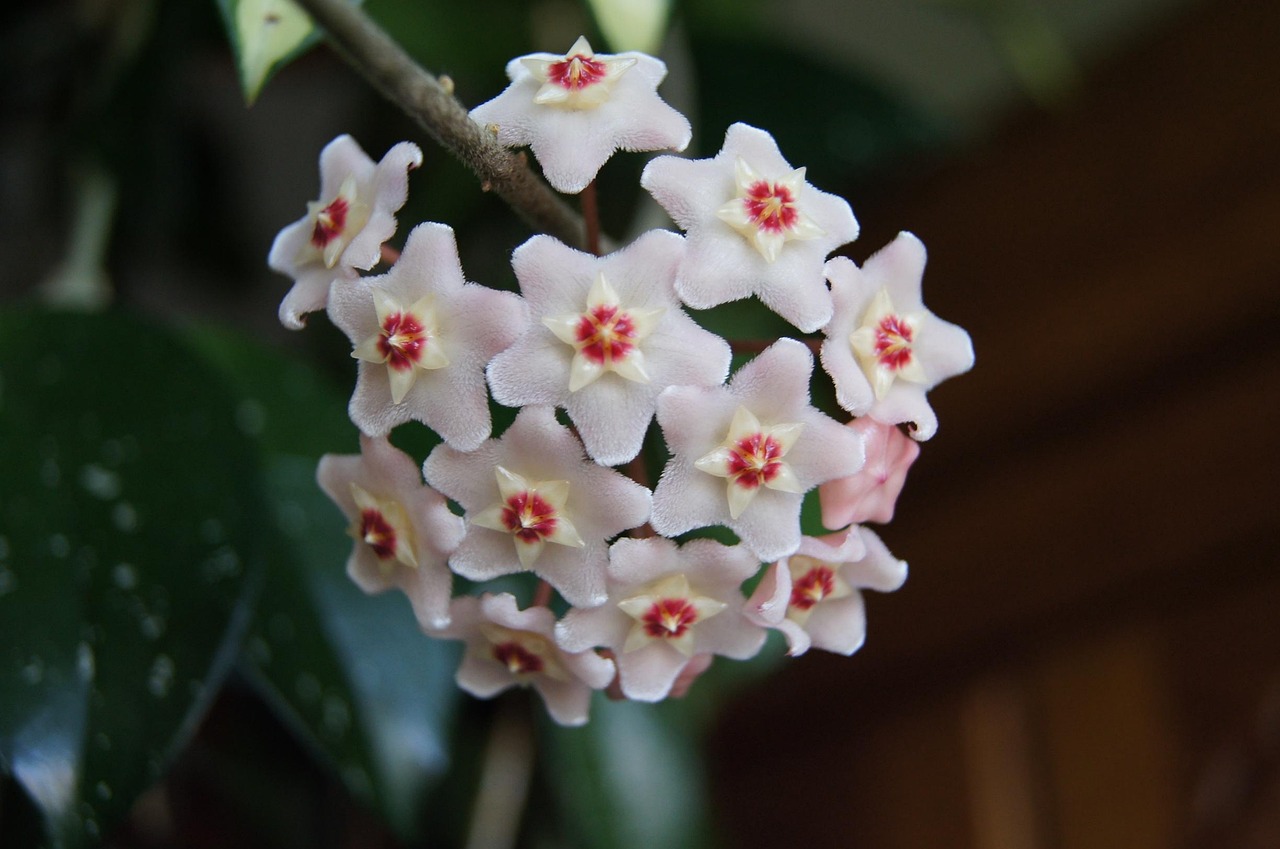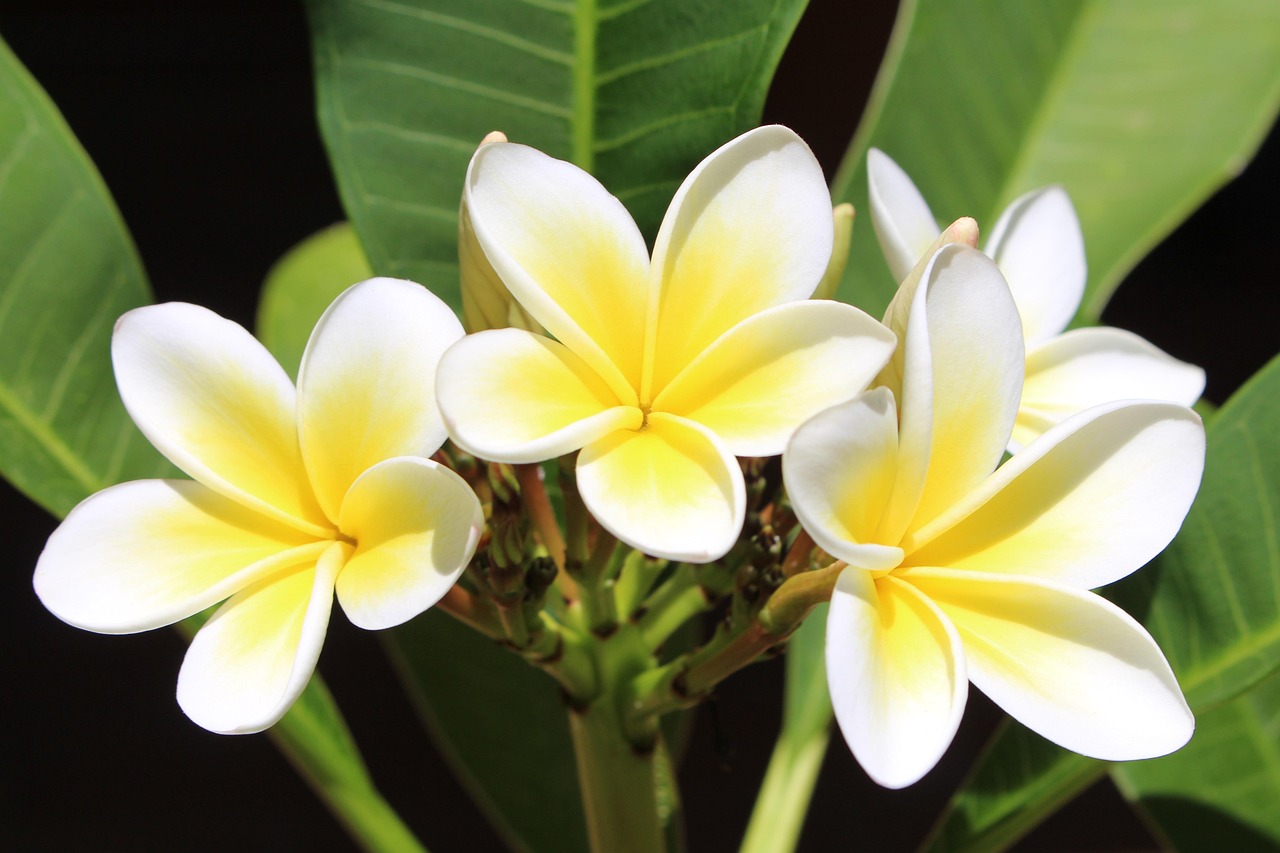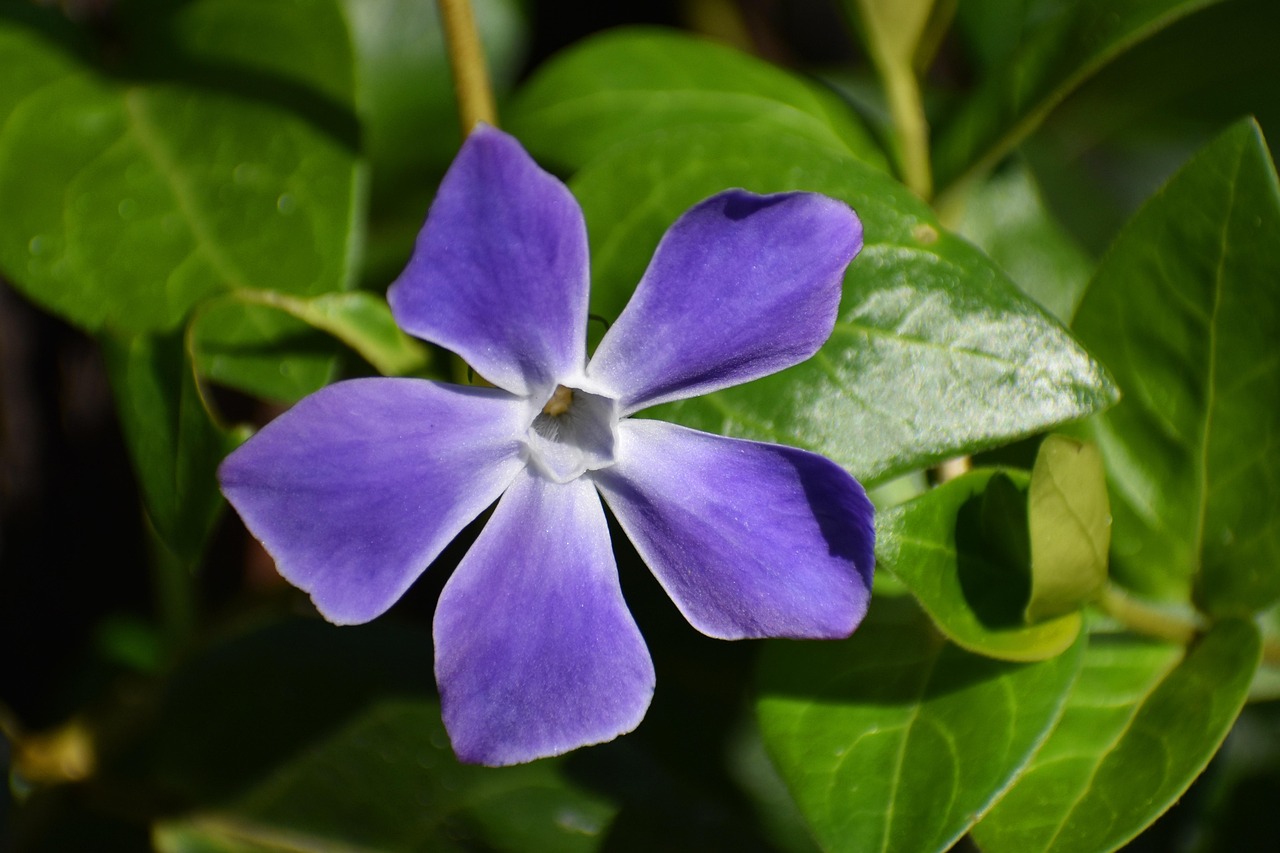Oleander | A Vibrant Flowering Tree of the Mediterranean World
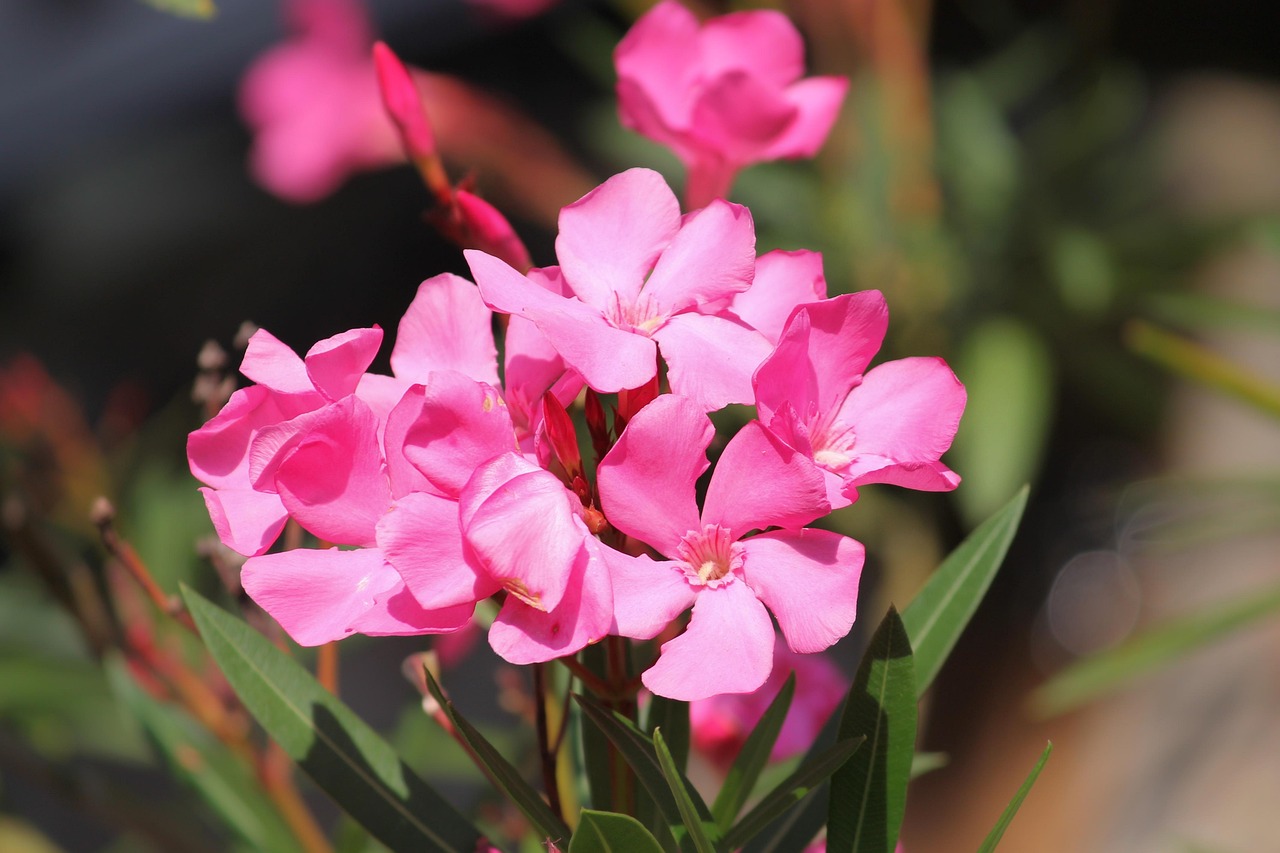
I introduce oleander, a flowering tree widely used as a roadside and park planting due to its strong resistance to drought and heat. While it produces beautiful blossoms, oleander has long been associated with various cultures and histories.
In this article, I explain its basic information, cultural and historical background, and tips for cultivation.
Basic Information
- Scientific name: Nerium oleander
- Family: Apocynaceae
- Origin: Mediterranean coast, West Asia, India
- Appearance: An evergreen shrub with slender leaves, producing flowers in pink, white, yellow, or red. The blossoms have five petals, and some varieties emit a fragrance.
- Blooming season: From early summer to autumn, offering flowers over an extended period.
Cultural Significance Around the World
Oleander is regarded as a symbol of resilience in many cultures, thanks to its vigorous vitality.
In the Mediterranean region, its ability to bloom vibrantly even in arid conditions has made it a symbol of “endurance” and “rebirth,” and it has long been planted in gardens and along streets.
In China, the contrast between its slender leaves and showy flowers has been seen as a representation of yin-yang harmony, and it is often incorporated into traditional gardens.
In India, it is considered one of the sacred flowers and is sometimes used in religious rituals and decorations.
In France and Italy, landscapes adorned with oleander blossoms are cherished as symbols of the South, especially in the Riviera region where they are widely planted as roadside trees.
Historical Episodes
Oleander has been cultivated as an ornamental plant since ancient Roman times. Adapted to the mild climate of the Mediterranean, it was recorded in Roman gardens and public facilities.
By the 17th century, its popularity as a garden plant grew in Europe, and it was cultivated in greenhouses in France and England.
In the 19th century, it spread to colonies around the world and was adopted for urban greening in tropical and subtropical regions.
In Japan, oleander was introduced during the Edo period. Its resistance to drought and air pollution made it a popular choice for roadside and school plantings.
During the postwar reconstruction era, it was planted to serve as windbreaks and dust barriers, becoming a familiar part of Japan’s urban landscapes.
Gardening Advice
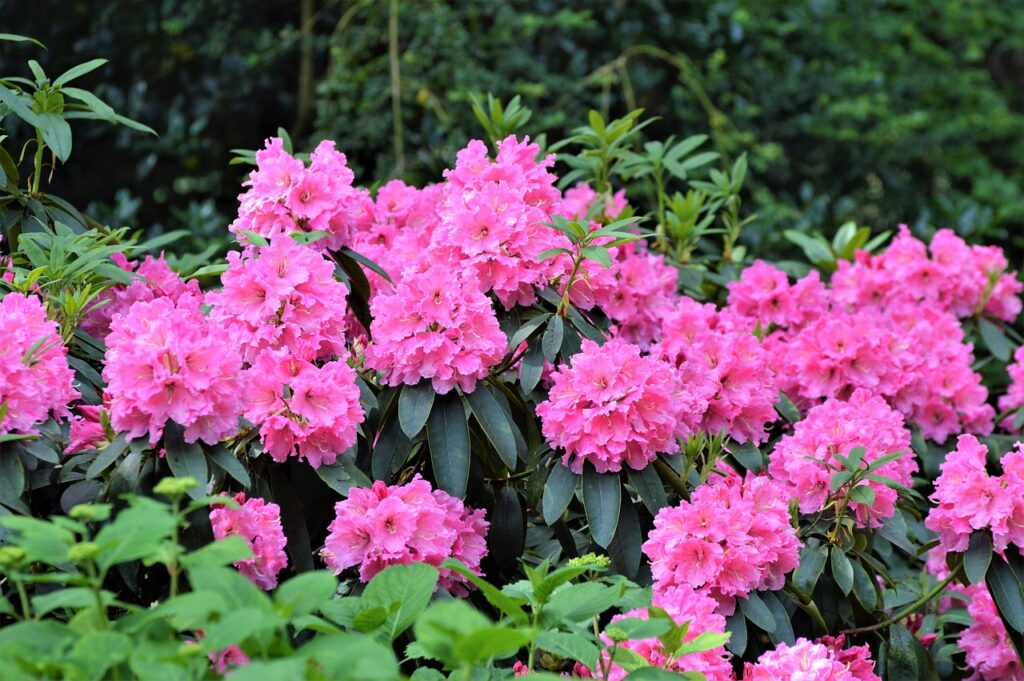
Although oleander is hardy, proper care is required to enjoy its abundant blossoms.
Sunlight
Prefers sunny locations. While it tolerates partial shade, flowering may decrease.
Watering
Drought-tolerant, but moderate watering during the growing season is recommended. For potted plants, water thoroughly when the soil surface dries.
Soil
Requires well-drained soil. Sandy soil is suitable for gardens, while potting soil mixed with perlite improves drainage for containers.
Fertilizer
Apply slow-release fertilizer once a month during the growing season. Over-fertilization may cause excessive leaf growth at the expense of flowers.
Pruning
Prune after flowering to shape the plant and encourage next year’s blossoms. Take care not to touch the sap when cutting branches.
Cold resistance
In warm climates, oleander can be planted outdoors, but in colder regions, grow it in pots and bring it indoors during winter.
Conclusion
Oleander is an evergreen shrub native to the Mediterranean coast that blooms beautifully even in dry environments.
Cultivated since ancient Roman times, it spread throughout Europe in the 17th century and reached Japan in the Edo period, where it became established as a common roadside and park tree.
Across cultures, it has held symbolic meaning: harmony of yin and yang in China, sacredness in India, and an emblem of the South in France and Italy.


